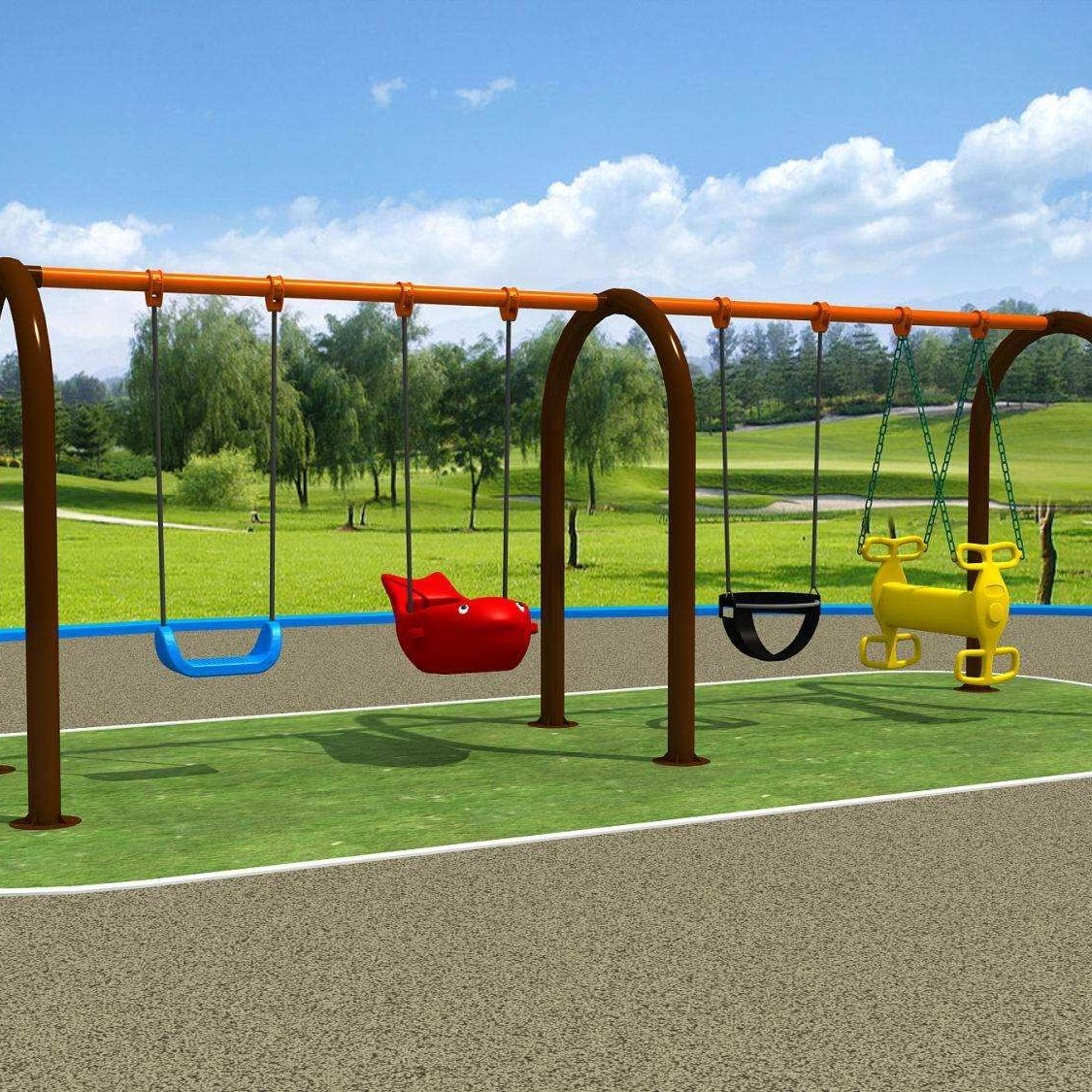
-
 Afrikaans
Afrikaans -
 Albanian
Albanian -
 Amharic
Amharic -
 Arabic
Arabic -
 Armenian
Armenian -
 Azerbaijani
Azerbaijani -
 Basque
Basque -
 Belarusian
Belarusian -
 Bengali
Bengali -
 Bosnian
Bosnian -
 Bulgarian
Bulgarian -
 Catalan
Catalan -
 Cebuano
Cebuano -
 China
China -
 China (Taiwan)
China (Taiwan) -
 Corsican
Corsican -
 Croatian
Croatian -
 Czech
Czech -
 Danish
Danish -
 Dutch
Dutch -
 English
English -
 Esperanto
Esperanto -
 Estonian
Estonian -
 Finnish
Finnish -
 French
French -
 Frisian
Frisian -
 Galician
Galician -
 Georgian
Georgian -
 German
German -
 Greek
Greek -
 Gujarati
Gujarati -
 Haitian Creole
Haitian Creole -
 hausa
hausa -
 hawaiian
hawaiian -
 Hebrew
Hebrew -
 Hindi
Hindi -
 Miao
Miao -
 Hungarian
Hungarian -
 Icelandic
Icelandic -
 igbo
igbo -
 Indonesian
Indonesian -
 irish
irish -
 Italian
Italian -
 Japanese
Japanese -
 Javanese
Javanese -
 Kannada
Kannada -
 kazakh
kazakh -
 Khmer
Khmer -
 Rwandese
Rwandese -
 Korean
Korean -
 Kurdish
Kurdish -
 Kyrgyz
Kyrgyz -
 Lao
Lao -
 Latin
Latin -
 Latvian
Latvian -
 Lithuanian
Lithuanian -
 Luxembourgish
Luxembourgish -
 Macedonian
Macedonian -
 Malgashi
Malgashi -
 Malay
Malay -
 Malayalam
Malayalam -
 Maltese
Maltese -
 Maori
Maori -
 Marathi
Marathi -
 Mongolian
Mongolian -
 Myanmar
Myanmar -
 Nepali
Nepali -
 Norwegian
Norwegian -
 Norwegian
Norwegian -
 Occitan
Occitan -
 Pashto
Pashto -
 Persian
Persian -
 Polish
Polish -
 Portuguese
Portuguese -
 Punjabi
Punjabi -
 Romanian
Romanian -
 Russian
Russian -
 Samoan
Samoan -
 Scottish Gaelic
Scottish Gaelic -
 Serbian
Serbian -
 Sesotho
Sesotho -
 Shona
Shona -
 Sindhi
Sindhi -
 Sinhala
Sinhala -
 Slovak
Slovak -
 Slovenian
Slovenian -
 Somali
Somali -
 Spanish
Spanish -
 Sundanese
Sundanese -
 Swahili
Swahili -
 Swedish
Swedish -
 Tagalog
Tagalog -
 Tajik
Tajik -
 Tamil
Tamil -
 Tatar
Tatar -
 Telugu
Telugu -
 Thai
Thai -
 Turkish
Turkish -
 Turkmen
Turkmen -
 Ukrainian
Ukrainian -
 Urdu
Urdu -
 Uighur
Uighur -
 Uzbek
Uzbek -
 Vietnamese
Vietnamese -
 Welsh
Welsh -
 Bantu
Bantu -
 Yiddish
Yiddish -
 Yoruba
Yoruba -
 Zulu
Zulu
frp transition
Understanding FRP Transition A New Era in Technology
Fiber Reinforced Polymer (FRP) technology has garnered significant attention over the past few decades due to its unique properties and numerous applications. As industries increasingly seek lighter, stronger, and more durable materials, FRP stands at the forefront of a materials revolution. This article delves into the transition of FRP technology, exploring its fundamentals, advantages, applications, and future potential.
What is FRP?
FRP is a composite material consisting of a polymer matrix reinforced with fibers. The fibers can be made from various materials, including glass, carbon, and aramid, each contributing unique characteristics to the final product. The polymer matrix, typically epoxy, polyester, or vinyl ester resin, binds the fibers together and helps transfer loads between them.
Advantages of FRP Over Traditional Materials
FRP offers several advantages over traditional construction materials such as steel and concrete. Firstly, one of its most significant benefits is its high strength-to-weight ratio. FRP composites are significantly lighter than metals, making them easier to transport and install without compromising structural integrity.
Secondly, FRP is highly resistant to corrosion, which is critical in applications exposed to harsh environments, such as marine, chemical, and wastewater facilities. Unlike steel, which is prone to rust and degradation, FRP maintains its strength and durability over time, leading to lower maintenance costs and extended service life.
Furthermore, FRP can be easily molded into complex shapes, allowing for greater design flexibility. This adaptability has led to innovative applications in architecture, automotive, aerospace, and infrastructure sectors.
Applications of FRP
The versatility of FRP technology has led to its adoption across various industries. In construction and civil engineering, FRP is used for reinforcing structures, rehabilitating aging infrastructure, and creating lightweight bridges. Its resistance to environmental degradation makes it particularly suitable for applications in marine environments, including docks and offshore platforms.
frp transition

In the automotive industry, FRP components have been utilized to enhance fuel efficiency by reducing vehicle weight without sacrificing strength. Similarly, the aerospace sector relies on FRP materials to manufacture aircraft components that require high performance and low weight.
The renewable energy sector also benefits from FRP technology, particularly in the production of wind turbine blades. The lightweight nature of FRP allows for longer blades, which can generate more energy while maintaining structural stability.
The FRP Transition
The transition to FRP is not without challenges. While the advantages are clear, issues such as the cost of raw materials, manufacturing processes, and recycling at the end of life need consideration. As production methods evolve and economies of scale improve, the initial cost of FRP is expected to decrease, encouraging wider adoption.
Moreover, advancements in sustainable practices are influencing the FRP transition. Manufacturers are now focusing on creating bio-based resins and recyclable composites, addressing environmental concerns related to plastic waste. This shift not only supports sustainability goals but also opens new markets for eco-friendly materials.
Future Outlook
The future of FRP technology looks promising. As industries continue to prioritize lightweight and durable materials for enhanced performance, FRP will likely see increased demand across various sectors. Innovation in production techniques, coupled with a growing emphasis on sustainability, is expected to drive further advancements.
Research and development efforts in FRP composites are also paving the way for smarter materials. By incorporating sensors and other technologies, FRP can monitor structural health in real-time, offering significant advantages for maintenance and safety.
Conclusion
In summary, the transition towards Fiber Reinforced Polymer technology marks a pivotal moment in material science. With its remarkable properties and versatility, FRP stands to revolutionize multiple industries, paving the way for more efficient, durable, and sustainable solutions. As we navigate this transition, continued innovation and responsible practices will be essential in harnessing the full potential of FRP.









